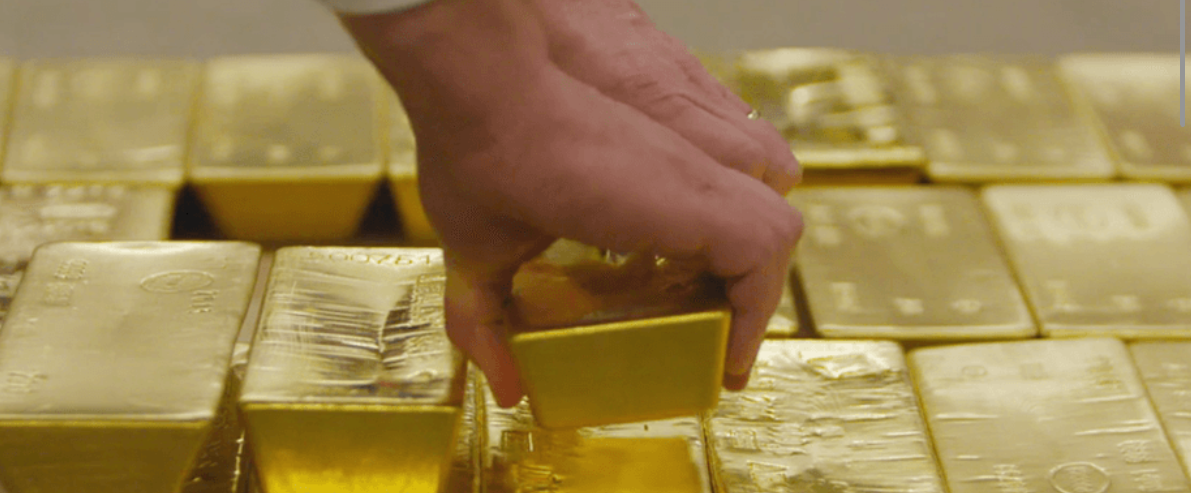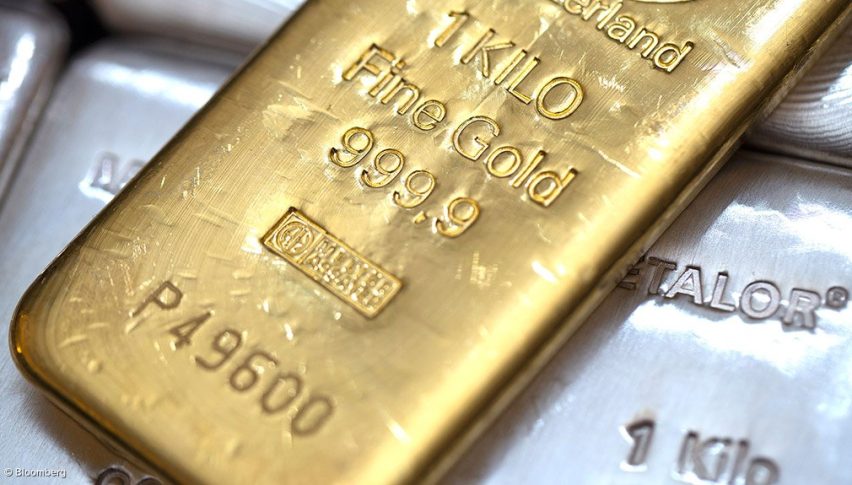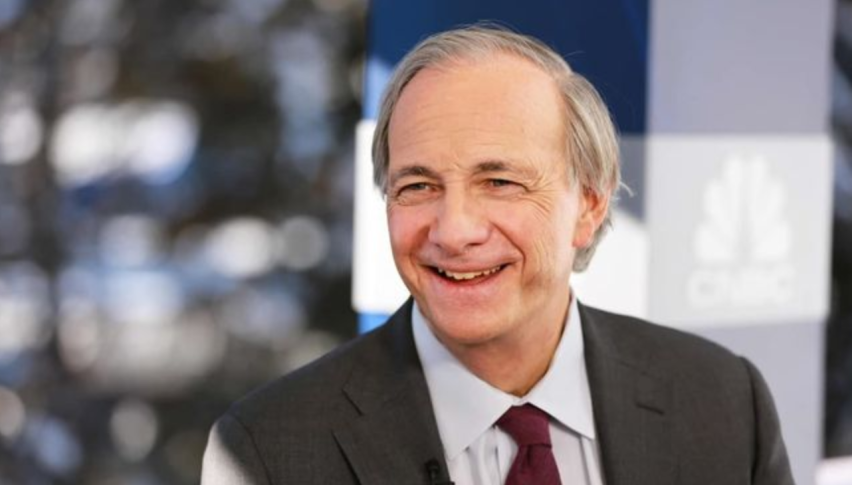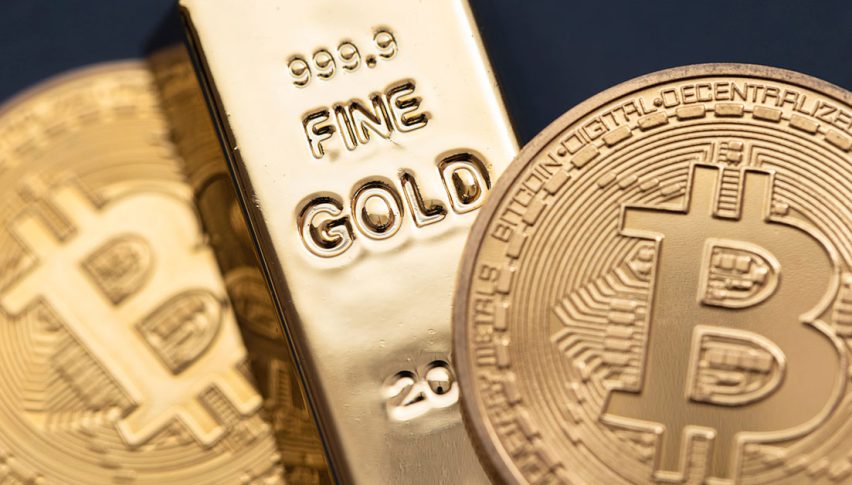Gold Pulls Back as Tensions Ease on Softer Tariff Measures
The safe-haven asset of choice amid the trade war sparked by U.S. President Donald Trump—rising more than 6%.

Quick overview
- Spot gold fell over 1% in the final session of April due to speculation about potential interest rate cuts by the Federal Reserve.
- Despite the dip, gold had a strong month, rising 6% overall amid trade tensions and reaching record highs this year.
- Traders anticipate that the Fed may implement significant rate cuts in 2025 if economic weakness continues to emerge.
- U.S. Treasury Secretary indicated a likelihood of revisiting the Phase One trade deal with China, suggesting a potential new tariff agreement.
Live XAU/USD Chart
In the final session of April, spot gold fell over 1% during trading, driven by speculation that the Federal Reserve may resume interest rate cuts.

April had been a standout month for gold—the safe-haven asset of choice amid the trade war sparked by U.S. President Donald Trump—rising 6% and capping off a strong four-month rally. However, on the last day of the month, gold prices dipped following reports of potentially softer tariff measures. The next moves in the market will likely depend on whether the Federal Reserve moves forward with interest rate cuts.
These expectations gained traction after data revealed that the U.S. economy contracted at an annualized rate of 0.3% in the last quarter. The drop was attributed to companies rushing to import goods before Trump’s tariffs took effect.
Traders are now betting that the Fed may implement up to a 100 basis point rate cut in 2025, especially if clearer signs of economic weakness emerge by June. Despite the recent pullback, gold remains in a bullish trend, and today’s data suggests a smoother path for the Fed’s initial rate cuts—an environment typically supportive of gold prices.
That said, gold may trade sideways in the near term after its strong rally to $3,500. As a non-yielding asset and a hedge against political and financial turmoil, gold tends to perform well when interest rates are low.
Meanwhile, U.S. Personal Consumption Expenditures (PCE) data showed no change in March after a 0.4% increase in February. On a quarterly basis, core PCE (excluding food and energy) rose 3.5%, accelerating from the 2.6% rate seen in the final quarter of last year.
Is a New Tariff Deal on the Horizon?
U.S. Treasury Secretary Scott Bessent said Thursday that the United States is likely to revisit the Phase One trade deal signed under President Trump and expressed confidence that Beijing would be open to reaching a new tariff agreement.
“I’m confident the Chinese will want to strike a deal,” Bessent said. “As I’ve mentioned, this will be a multi-step process. First, we need to de-escalate the current situation, and over time, we’ll begin working toward a broader trade agreement.”
- Check out our free forex signals
- Follow the top economic events on FX Leaders economic calendar
- Trade better, discover more Forex Trading Strategies
- Open a FREE Trading Account



